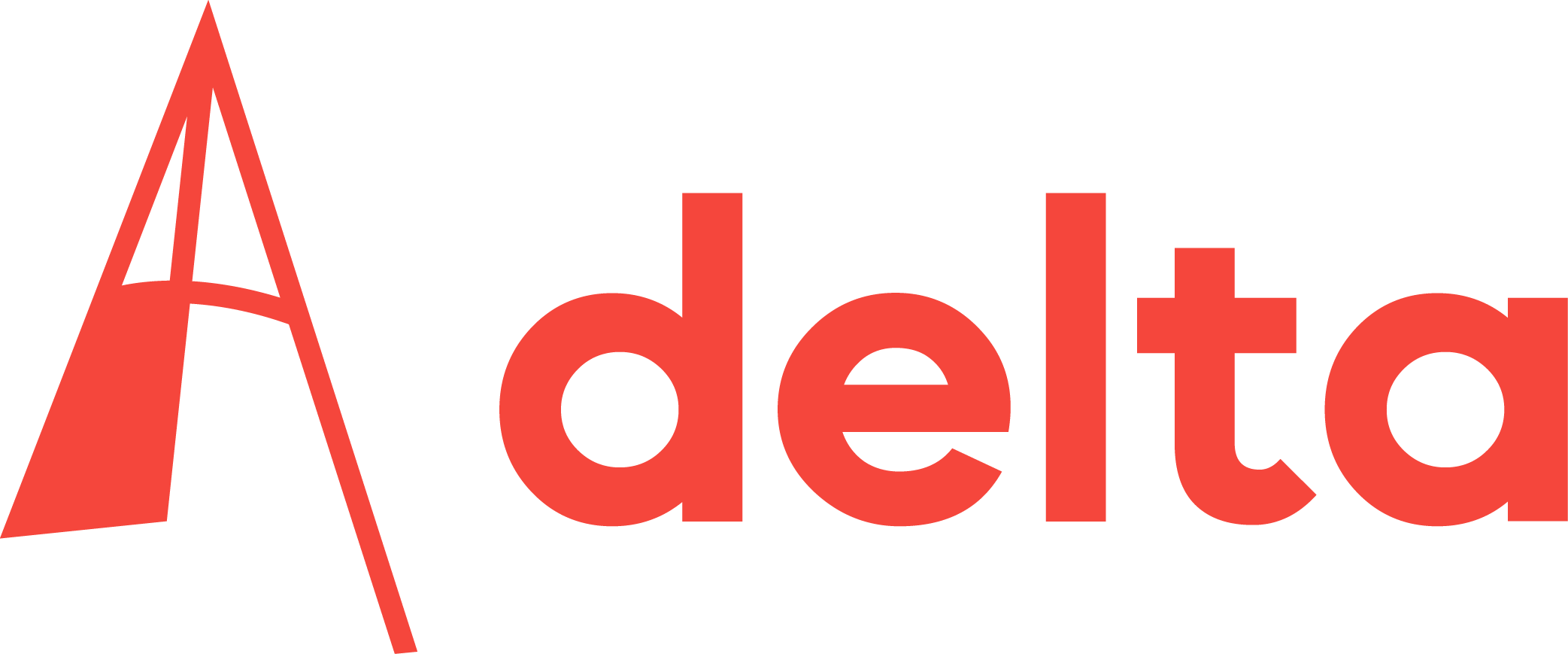At an astonishing speed of 88 kilometers per hour, Rolf van der Vlugt sailed over the ocean. His research on the aerodynamics and hydrodynamics of kite boards helped him in becoming Holland’s fastest speed kiteboarder.
Wind force nine and a virtually flat sea: just the combination needed for some record breaking. These peculiar oceanic circumstances regularly occur in a bay in Namibia. Every year in October or November dozens of kite surfers head out to this bay.
In 2008, kite surfer Rolf van der Vlugt was one of them. Reaching a speed of 88 km/h, he became the new Dutch record holder. But that is not enough for him: he wants to beat all world records.
“In the 2008 race in Namibia, a French kite surfer became the world’s fastest sailor with an average speed of 93.7 km/h over a distance of 500 meters. The previous record (90.9 km/h) was held by a windsurfer. But now the record is held by a large hydrofoil trimaran, which in September 2009 sailed at a speed of 95 km/h. But I think kite surfers can go faster than that. Every possible perfection has been squeezed out of these trimarans, whereas the development of fast kite surfing equipment is just getting started.”
Van der Vlugt is not a professional sailor, but apart from that, one might say that he is doing everything in his power to break records. As a research assistant at the aerospace engineering group Asset (Aerospace for Sustainable Engineering and Technology), he can amass plenty of expertise, since one of Asset’s main activities is the development of kites that generate electricity by harvesting wind energy. Making the kites more aerodynamic is one aspect of this research.
On top of this, Van der Vlugt did his MSc research on the ‘Aero- and Hydrodynamic Performance Analysis of a Speed Kiteboarder’. ‘Breaking the World Speed Sailing Record’ was the subtitle of his thesis.
For his MSc degree, Van der Vlugt developed a model that describes all the forces that act on the surfer, the board and the kite. “With GPS receivers strapped to my body and to the kite and devices that measure the tension in the lines between me and the kite, I gathered data. It turned out that the drag that the body of a kite surfer produces is much more important than people imagined. Because the wind at low altitudes is much less than at the higher altitude of the kite, when you speed up you’re body quickly experiences head wind.”
Special strips on the body that create small vortices which reduce the wake, just like speed skaters use, might be the solution to this, Van der Vlugt believes: “But it’s difficult to figure out where you should put them, because the wind and your position on the board changes all the time.”
Still, it’s something he is keeping in mind for the next race in Namibia later this year. Are there any other adjustments needed? “I think I’ll also develop a suspension system on the board. Kite surfing is like doing a Formula 1 race on a bumpy road. With a good suspension system I should be able to have better control over the kite. I think I will also make the board a little bit longer, so that I can reduce the angle between the board and the water and reduce the spray of water behind the board.”
But is it wise to reveal all this in a newspaper? “Perhaps I shouldn’t tell everything, but I also like to share information. It’s a funny situation there in Namibia. We all want to break the world record, but we also have a common goal, which is that it will again be a kite surfer who beats all other sailors.”
Dat zei Heemskerk op dinsdag 26 mei tijdens een debat op de faculteit Luchtvaart- en Ruimtevaarttechniek. “Ik vind het eigenlijk wel mooi dat hij voor de Vara, via de publieke omroep hoge kijkcijfers haalt. En daarmee genereert hij voor de Ster waarschijnlijk ook een hoge omzet.”
Dus waarom zou hij dan niet meer mogen verdienen dan de premier, zo vroeg Heemskerk zich af. “Als kabinet zijn we wel hard bij bestuurders als het gaat om de Balkenende-norm, maar echte sterren moet je goed betalen.”
Met zijn uitweiding over het beleid rond bestuurders en sterren gaf hij antwoord op een vraag van een L&R-student. Die stelde dat er te weinig topprofessoren zijn omdat de TU ze niet kan aantrekken doordat toppers te weinig loon en andere faciliteiten geboden kan worden.
Volgens Heemskerk moet je in het algemeen uitkijken met het aanbieden van hoge beloningen, maar hij ziet geen groot probleem als de TU een werkelijke topprofessor zou willen binnenhalen.



Comments are closed.